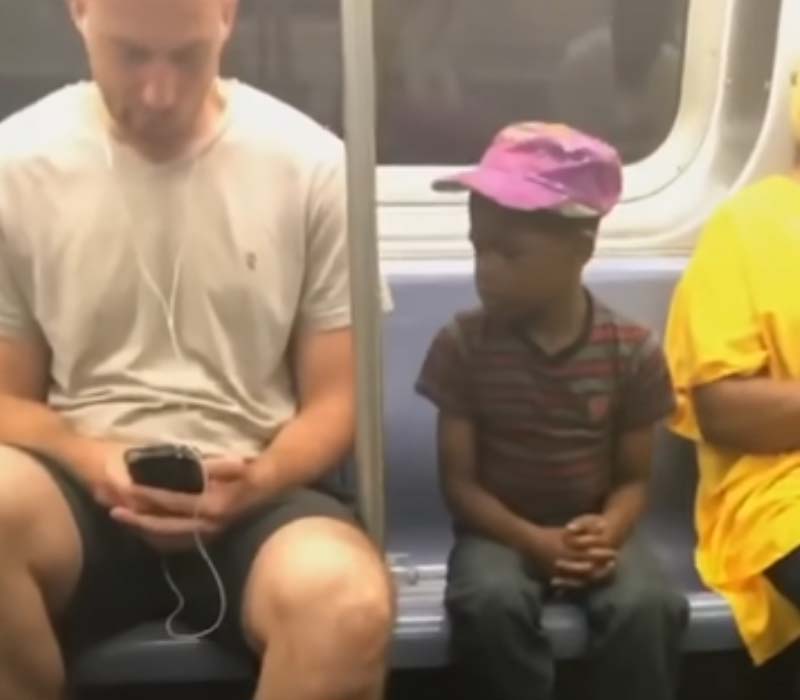The New York City Subway system, while an indispensable part of daily life for millions, poses various dangers to its passengers. Crime rates in the subway have been a significant concern, with incidents ranging from petty thefts to more serious assaults. The enclosed environment of the subway, combined with its vast and often complex network, can provide criminals with opportunities to target unsuspecting riders. Additionally, the sheer volume of people using the system can make it difficult for security measures to be effectively implemented.
Safety concerns in the subway also extend to the physical infrastructure. The aging system suffers from outdated technology and deteriorating hardware, which can lead to accidents and malfunctions. Track fires, sudden stops, and derailments occasionally occur, posing risks to physical safety. Furthermore, the lack of proper maintenance in some parts of the subway has led to unsanitary conditions, which can be a health hazard, particularly in the times of a public health crisis.
The mental well-being of passengers can also be adversely affected by the often stressful environment of the NYC subway. The hustle and the bustle, the noise, and the sometimes overwhelming crowds can lead to significant stress and anxiety. For those unfamiliar with the system, the complexity of routes and the lack of clear signage can also contribute to a sense of confusion and helplessness, further exacerbating the stressful experience.
Despite these challenges, the New York City Subway system is not devoid of positive aspects. Amidst the backdrop of daily commutes, there are moments of kindness and humanity that shine through. Passengers often come together to help one another—be it giving up a seat, helping tourists navigate the map, or coming to the aid of someone in distress. These acts of kindness remind us that even in an environment that can sometimes seem harsh and unforgiving, there is a strong sense of community and resilience among New Yorkers.
The New York City subway serves as a mobile stage for a variety of street performers, turning routine commutes into unexpected showcases of talent and creativity. From breakdancers executing gravity-defying moves in the confines of a moving train to magicians who mesmerize audiences with sleight-of-hand tricks, the subway platforms and cars become arenas for performers who are as diverse as the city itself. These entertainers, often known as “buskers,” seek to earn a living and showcase their skills to a captive audience, turning the daily grind into a more joyful experience for many commuters.
Among these performers, one might encounter musicians strumming guitars, playing violins, or beating drums, adding a soundtrack to the rhythmic clatter of the trains. Occasionally, more unusual acts appear, such as clowns, contortionists, or even opera singers, each adding their unique flavor to the cultural melting pot of New York City’s underground. These performances not only provide entertainment but also reflect the vibrant and eclectic spirit of the city, making the mundane journey of subway travel a little brighter and more unexpected.
On a bustling NYC subway train, a touching scene unfolded between a white man and a young black boy. As the man was engaged with his iPhone, he noticed the curious gaze of the boy peering over his shoulder. In a spontaneous act of kindness, the man shared his phone with the boy, allowing him to watch along. This simple yet heartwarming gesture not only brightened the boy’s journey but also served as a beautiful example of the small acts of kindness that connect us in the most unlikely places.
In the heart of New York City, on a brisk Thanksgiving evening, an unusual yet heartwarming sight emerged aboard a bustling subway train. Instead of the usual sea of headphones and downcast eyes, passengers were greeted by a fully set table, adorned with all the traditional Thanksgiving fixings. A long tablecloth draped over the makeshift table, with plates piled high with turkey, stuffing, cranberry sauce, and mashed potatoes.

